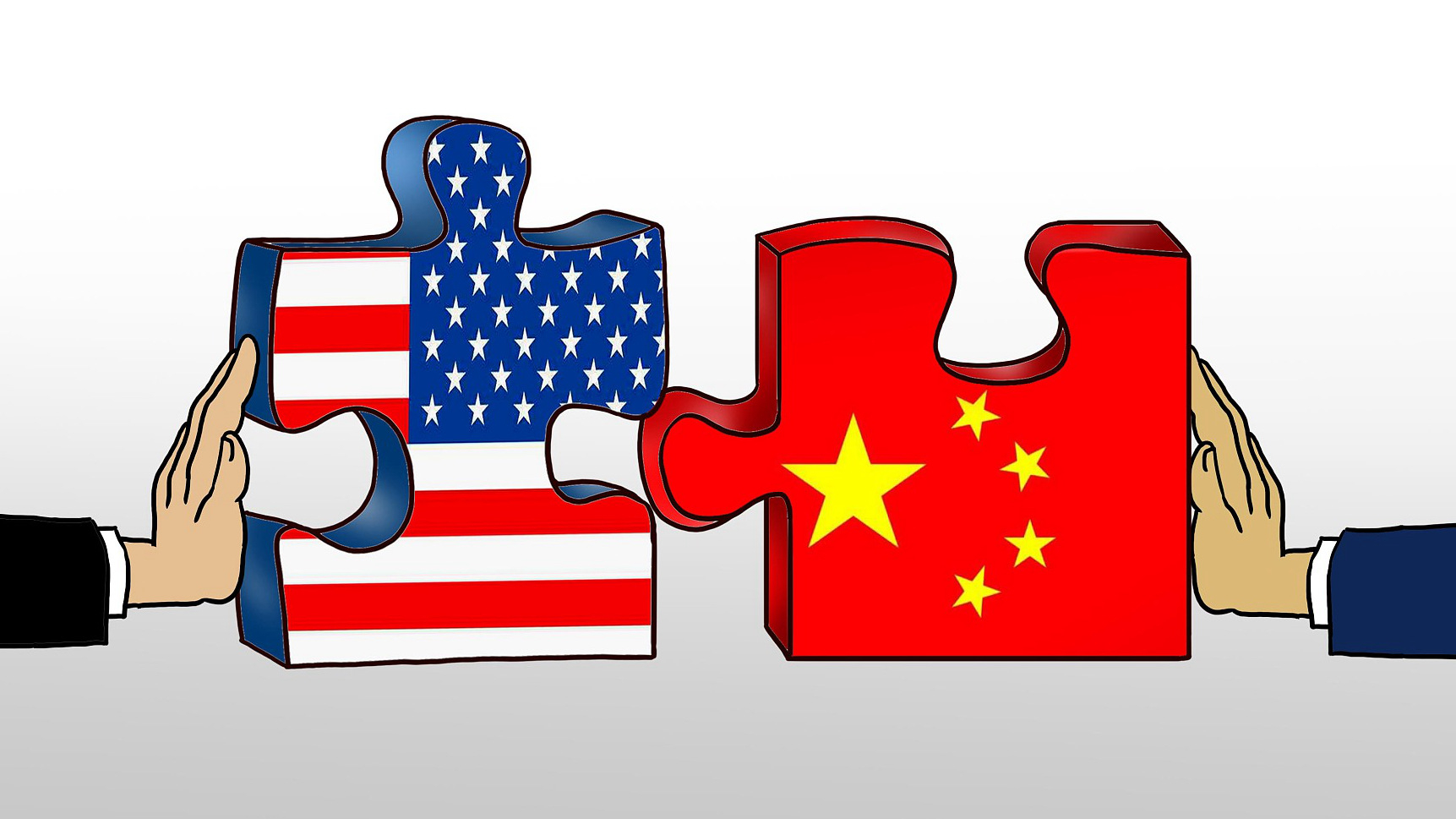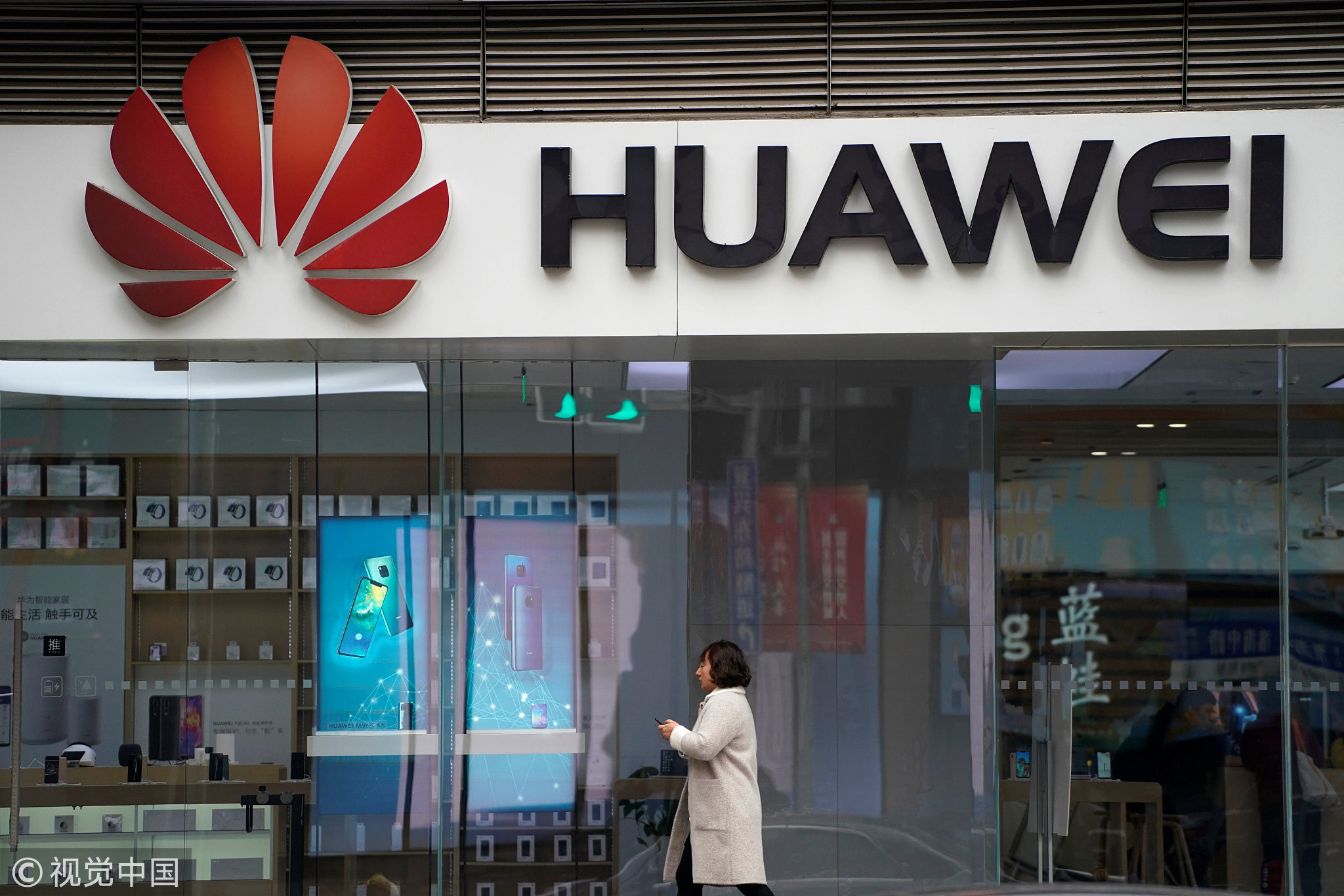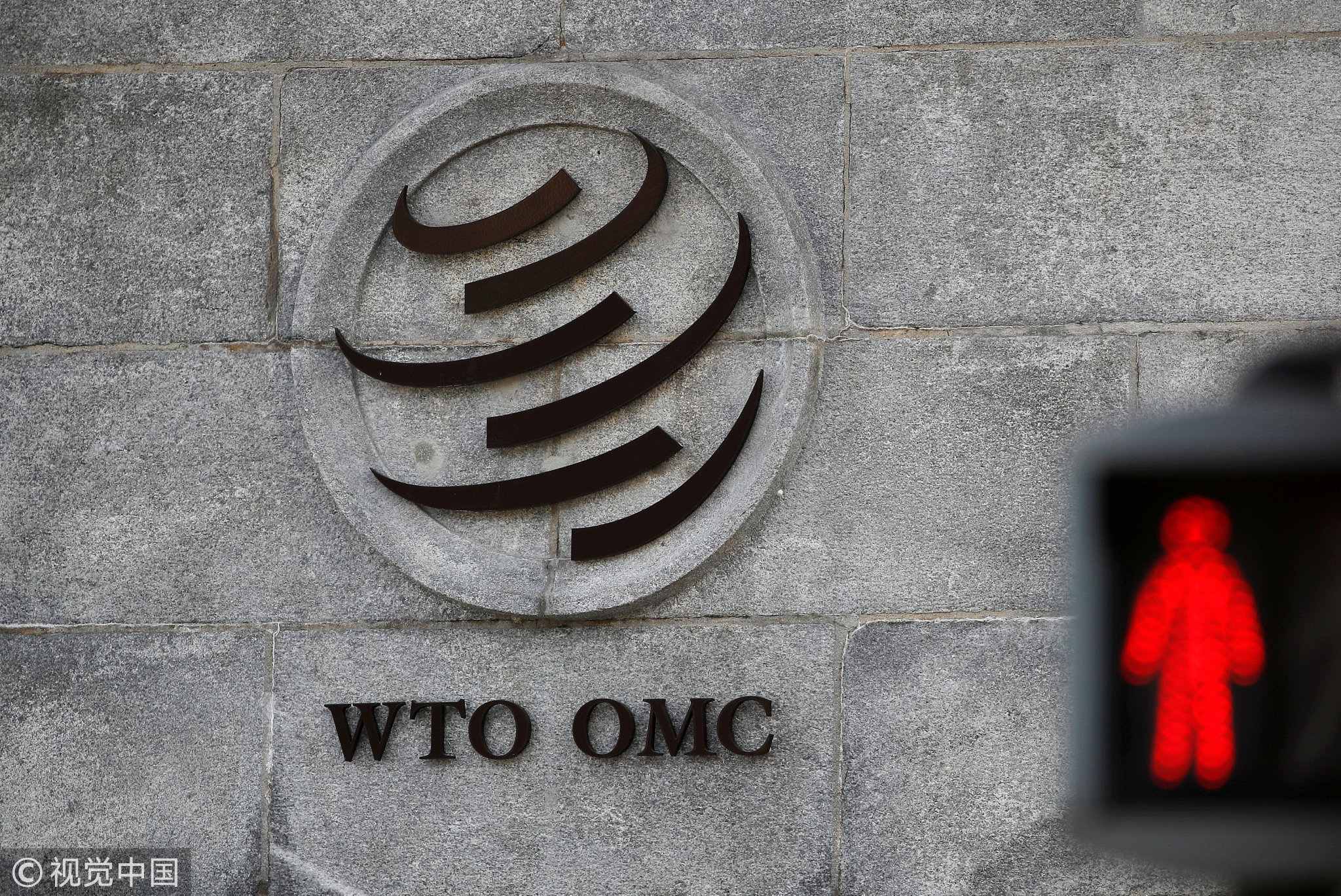
Opinions
20:35, 07-Dec-2018
Opinion: A reciprocal solution to the U.S.-China trade dispute
Updated
20:09, 10-Dec-2018
Shang-Jin Wei

Editor's note: Shang-Jin Wei, a former Chief Economist of the Asian Development Bank, is Professor of Finance and Economics at Columbia University. The article was first published on Project Syndicate on December 6, 2018. It reflects the author's opinion, and not necessarily the views of CGTN.
For many of the U.S.' allies, the flaws in President Donald Trump's trade war with China – which is on hold for 90 days following the Xi-Trump meeting in Argentina – lay in the approach, not the motivation. Indeed, Europe and Japan share many of Trump's grievances. What they fail to acknowledge is that there is also plenty they can do to make the global trading system – and their relationships with China – fairer and more efficient.
To be sure, China needs to take steps to reform its policies. For starters, China's tariffs and non-tariff barriers are higher than those of the U.S. and other high-income countries (but lower that most developing countries with comparable income levels). And there are many restrictions on foreign firms wishing to operate in China, including limits on foreign ownership of domestic firms.

U.S.-imported snacks are sold in a store in a Bonded Warehouse in Qingdao, China's Shandong Province. /VCG Photo
U.S.-imported snacks are sold in a store in a Bonded Warehouse in Qingdao, China's Shandong Province. /VCG Photo
Reducing barriers to the Chinese market would benefit not only foreign producers, but also Chinese households and firms that use imported parts. Trade liberalization would function like a tax cut, raising income and improving efficiency without requiring the government to increase the budget deficit. China's past trade liberalization, following its accession to the World Trade Organization (WTO) 17 years ago, indicates that such a move would not lead to a spike in unemployment, as long as the Chinese labor market remains sufficiently flexible.
China would also do well to respond to another key complaint, by strengthening protection of intellectual property. The Chinese government claims that it abandoned the policy of requiring foreign multinationals to share their IP in exchange for market access two decades ago. But the U.S. and European chambers of commerce in China say that the actual practices are different.
In the past, when China's own innovative capacity was weak, stronger IP protection would have meant merely more rents for foreign firms. Today, however, as China's firms are developing their own valuable IP, and their global footprint has grown much larger, stronger and reciprocal IP protections would benefit Chinese firms as much as foreign companies.
China should also reform its subsidy programs and industrial-policy regime. Most countries use taxes and subsidies to promote certain economic activities. Still, the proportion of government programs that create distortions and inefficiencies, rather than address market failures, is higher in China than in high-income countries.

A woman walks by a Huawei logo at a shopping mall in Shanghai, China December 6, 2018. /VCG Photo
A woman walks by a Huawei logo at a shopping mall in Shanghai, China December 6, 2018. /VCG Photo
Such policies include subsidies that favor state-owned firms over private firms, leading to waste and lost productivity. In order to level the playing field for Chinese and foreign firms, government programs should be subjected to more systematic cost-benefit analysis.
But if global trade is to be truly fair, the advanced economies – and, in particular, the U.S. – also have to make some changes. In fact, these countries' barriers on Chinese goods and investment are not as low as commonly believed.
In the U.S., for example, tariffs on many textile and garment imports, of which China has been the world's most efficient producer, are in the 20 percent range, much higher than the average U.S. rate. Further raising the effective tariffs Chinese firms face is an anti-dumping regime that is often used as an instrument of protectionism, with rules that are biased against Chinese producers. The average U.S. tariff rate severely understates the actual tariff rates applied to Chinese goods.
Similarly, U.S. free-trade agreements (FTA) have artificially tilted U.S. demand away from more efficient Chinese producers toward less cost-effective firms in countries like Mexico. Despite the word “free” in the name, FTAs are not truly about freer trade, as they discriminate against firms in countries outside the FTAs in favor of sometimes less efficient firms in the participating countries. This effect – which is not sufficiently limited by existing World Trade Organization rules – undermines efficient resource allocation and hurts not only workers in countries outside an FTA, but also, in many cases, low-income households within it.
Furthermore, the U.S. regime governing foreign investment is not always fair, predictable, or transparent. When it comes to labeling a proposed investment a national security threat, the criteria appear very discretionary.

A logo is pictured outside the World Trade Organization (WTO) headquarters next to a red traffic light in Geneva, Switzerland, October 2, 2018. /VCG Photo
A logo is pictured outside the World Trade Organization (WTO) headquarters next to a red traffic light in Geneva, Switzerland, October 2, 2018. /VCG Photo
According to the U.S. lawyers with whom I have spoken, who advise on cross-border mergers and acquisitions, because U.S. screening processes for deals involving Chinese investors can face long and unpredictable delays, Chinese firms often have to pay an extra 15 percent to make their bids viable. In this manner, the U.S. foreign-investment regime effectively expropriates Chinese firms that wish to invest in the U.S.
Inefficient or distortionary policies are rarely simple mistakes. As a rule, they serve the interests of powerful and well-organized special interest groups that are likely to resist any change. But if China and the U.S. reach a grand bargain on a package of policy changes that would reduce or eliminate distortions on both sides, domestic resistance may be easier to overcome.
Such cooperation could be extended to help reach a bargain on WTO reforms that would further support fairness in the global system. For example, anti-dumping rules could be better harmonized with domestic anti-monopoly rules, and regulations could be created or strengthened to minimize the discriminatory effects of FTAs and to prevent governments from using subsidies to state-owned firms to bypass WTO rules.
Such a balanced and reciprocal approach would help to ease tensions over cross-border trade and investment. Equally important, it would bolster fairness and efficiency in the world's two largest economies – a change that would benefit not just the U.S. and China, but the entire world.
Copyright: Project Syndicate
(If you want to contribute and have specific expertise, contact us at opinions@cgtn.com)

SITEMAP
Copyright © 2018 CGTN. Beijing ICP prepared NO.16065310-3
Copyright © 2018 CGTN. Beijing ICP prepared NO.16065310-3